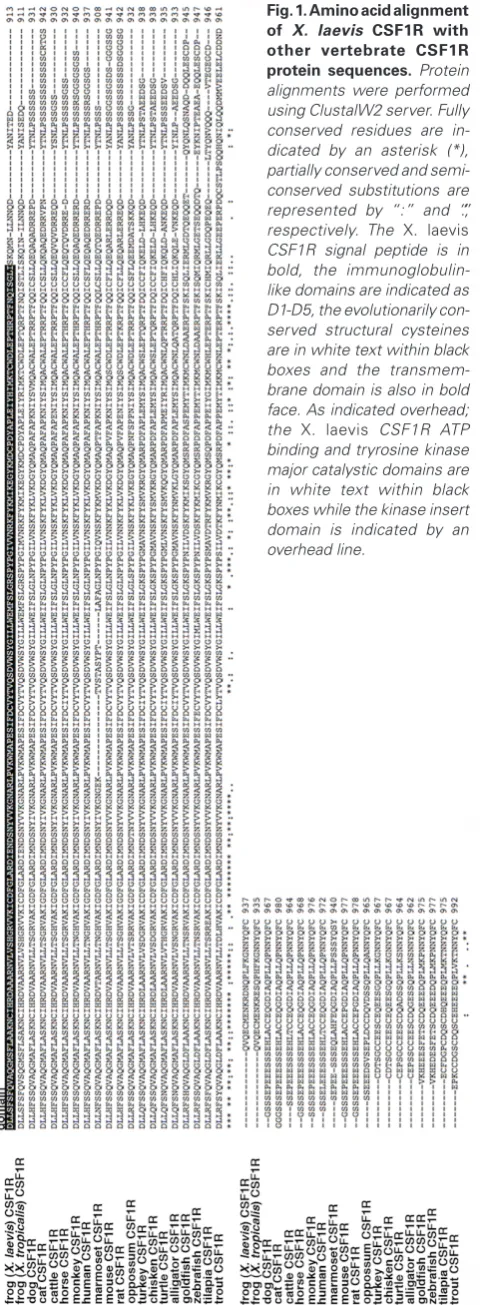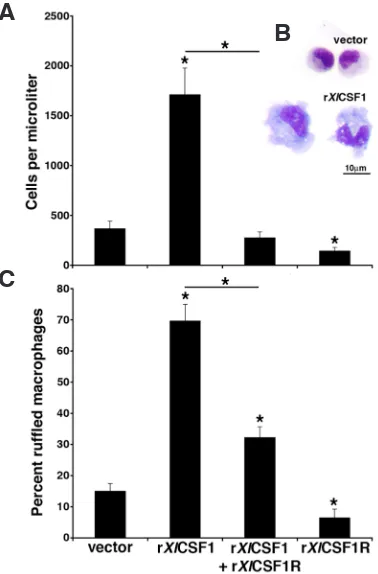Mechanisms of amphibian macrophage development: characterization of the Xenopus laevis colony stimulating factor 1 receptor
Full text
Figure




Related documents
Grey matter volume reductions o f the superior temporal gyrus in patients with chronic schizophrenia have been more consistently reported in studies that have
Climate change and associated global warming have enabled significant accumulation of ocean heat content (OHC) across the globe increasing the frequency of
The 10 and 20 ton municipal waste sludge treatment had no signifi cance diff erence, but they indicated a statistically meaningful increase compared with the control
The basic diff erence between the average factory of “American type” and Bata’s system was following: In Bata company every particular workshop, whether making shoe soles or
The effect of VAM fungi viz., Glomus fasciculatum and Gigaspora gigantea were noted on three different cultivars of Okra (Parbhani kranti, Arkanamika, Selection –
It is well known that teachers do not allow students much time to answer questions, and, if they don’t receive a response quickly, they will ‘help’ the student by providing a clue
(a) Time-domain extrapolated response across edge 1 on the cone, obtained by Laguerre extrapolation method [3] and the proposed extrapolation technique based on AP functions and
Based on invariant theory, we get two results: first a general algorithm which can be used to judge if two boolean functions are affinely equivalent and to obtain the affine